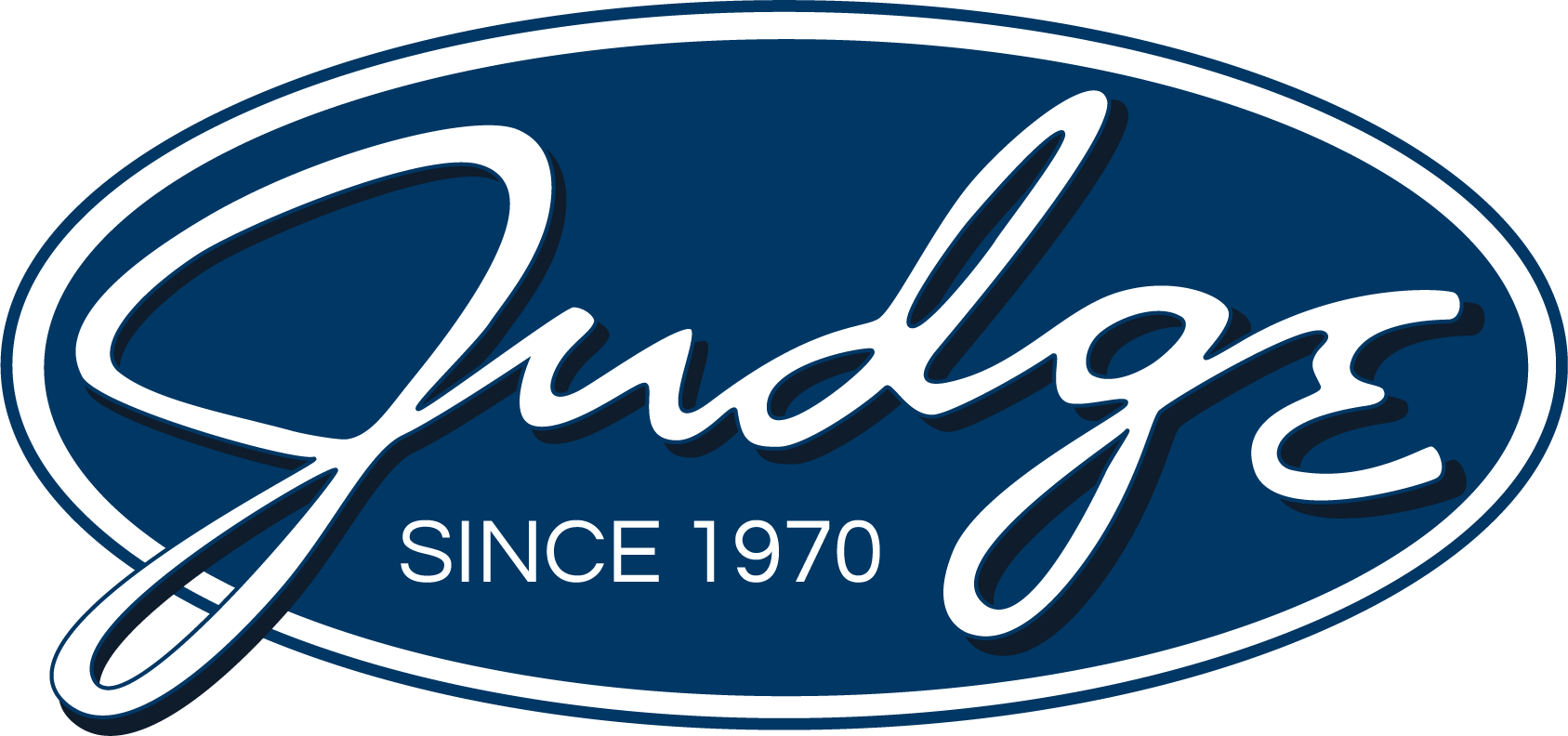The Hidden Potential of HiPos: Redefining High-Potential Employee Development
Every organization has them: those rockstar employees who crush their targets while somehow finding time to transform the office supply closet from chaos into a thing of beauty. These high-potential employees (HiPos) are organizational gold, and as it turns out, you might have more of them than you realize.
Many organizations treat HiPo identification like they’re casting for a reality show — looking for the loudest, most obvious candidates while missing the quiet revolutionaries working away in the corners of your organization. We need to get smarter about this, because these hidden gems aren’t just nice to have, they’re critical to your organization’s survival.
Why HiPos Matter More Than You Think
Think of HiPos as your organizational immune system — they’re the antibodies that kick in when things go sideways. These are the people who spot solutions before others see problems, who keep operations humming during turbulent times, and who raise the bar for everyone around them.
But their impact goes far beyond their immediate work. HiPos shape your entire organizational culture through a ripple effect. When they tackle a new project, their energy and innovative thinking spread through teams like wildfire. Their success contributes to the bottom line, but it also shows others what’s possible and inspires them to reach higher.
The Problem with How We’re Doing Things
Currently, most organizations identify HiPos through a combination of performance reviews, manager nominations, and that ever-scientific method of “gut feeling.”
This approach often results in:
- Leadership pipelines that lack true diversity of thought and experience
- Development programs that treat unique individuals like they’re all the same flavor of potential
- A retention strategy that basically amounts to crossing your fingers and hoping your HiPos don’t check their LinkedIn messages
Time for a Fresh Take
Instead of treating HiPo development like an exclusive club, what if we approached it more like a talent incubator? Here’s what that might look like:
- Create personalized development pathways that adapt based on individual interests and strengths. If someone’s showing potential in technical leadership, they need a different growth track than your future sales leaders. This might mean:
- Customized learning paths that blend technical and leadership skills
- Project assignments that align with their specific development goals
- Regular check-ins to adjust the development plan based on emerging interests and organizational needs
- Opportunities to explore different leadership styles and find their authentic voice
- Embrace cross-functional exposure. For example, let your finance HiPo shadow the marketing team for a week. Fresh perspectives often lead to breakthrough solutions, and cross-pollination opportunities can reveal hidden talents. These opportunities do more than just build well-rounded leaders, they:
- Break down organizational silos before your future leaders start leading
- Foster innovation by bringing fresh insights to old challenges
- Help HiPos build the networks they’ll need to succeed in senior roles
- Create unexpected solutions that only come from diverse viewpoints colliding
- Implement reverse mentoring programs where HiPos share their expertise with senior leaders. Chances are, your Gen Z HiPos probably have some thoughts about why your digital transformation still involves fax machines. These programs might look like:
- Monthly sessions where HiPos present emerging trends in their areas of expertise
- Technology deep dives where digital natives can help modernize processes
- Customer insight sessions where front-line HiPos share unfiltered market feedback
- Innovation workshops where fresh takes meet experienced leadership
The key to making these approaches work is flexibility and authenticity. Don’t force-fit people into predetermined boxes. Instead, create an environment where different types of potential can really thrive.
L&D’s New Role in the HiPo Universe
Here’s where L&D professionals need to step up — not as gatekeepers, but as opportunity creators. Your job isn’t to pick the HiPos (leave that to HR and leadership). Your role is to create learning experiences that help potential HiPos emerge.
Think of it like setting up a talent discovery ecosystem:
- Create challenging projects that anyone can volunteer for
- Design learning experiences that allow different types of potential to shine
- Build platforms for knowledge sharing and collaboration
- Use data to track engagement and identify emerging talent patterns
Time to Act: Cast a Wider Net
The truth is, your next game-changing HiPo might be hiding in plain sight, waiting for the right opportunity to show what they can do. They might not fit the traditional HiPo profile or be the loudest voice in meetings, but given the right challenge, they could revolutionize your organization.
Cast a wider net. Look beyond the obvious candidates. As an L&D professional, you must create learning experiences that allow different types of potential to surface.
The best employees often don’t know they’re HiPos until someone gives them the chance to prove it. And in today’s rapidly changing market, you can’t afford to miss out on any hidden potential in your ranks. Your organization’s future leaders are already there — they’re just waiting for the right opportunity to shine.
Whether you’re on the same page or have questions, I’m here for it. Email me at JLS@judge.com, and let’s chat.
About Mark Burke
Mark Burke joined The Judge Group in 2019 and is Vice President of Solutions & Strategy where he consults with clients to help them assess their situation, create a strategy, and design and develop a best-in-class solutions. Mark’s experience includes the creation and management of five different online universities, the development of competency profiles and related curricula for many Fortune 100 companies, owning his own assessment and consulting company, and 20 years of developing and implementing learning strategies in both corporate and higher education environments.




